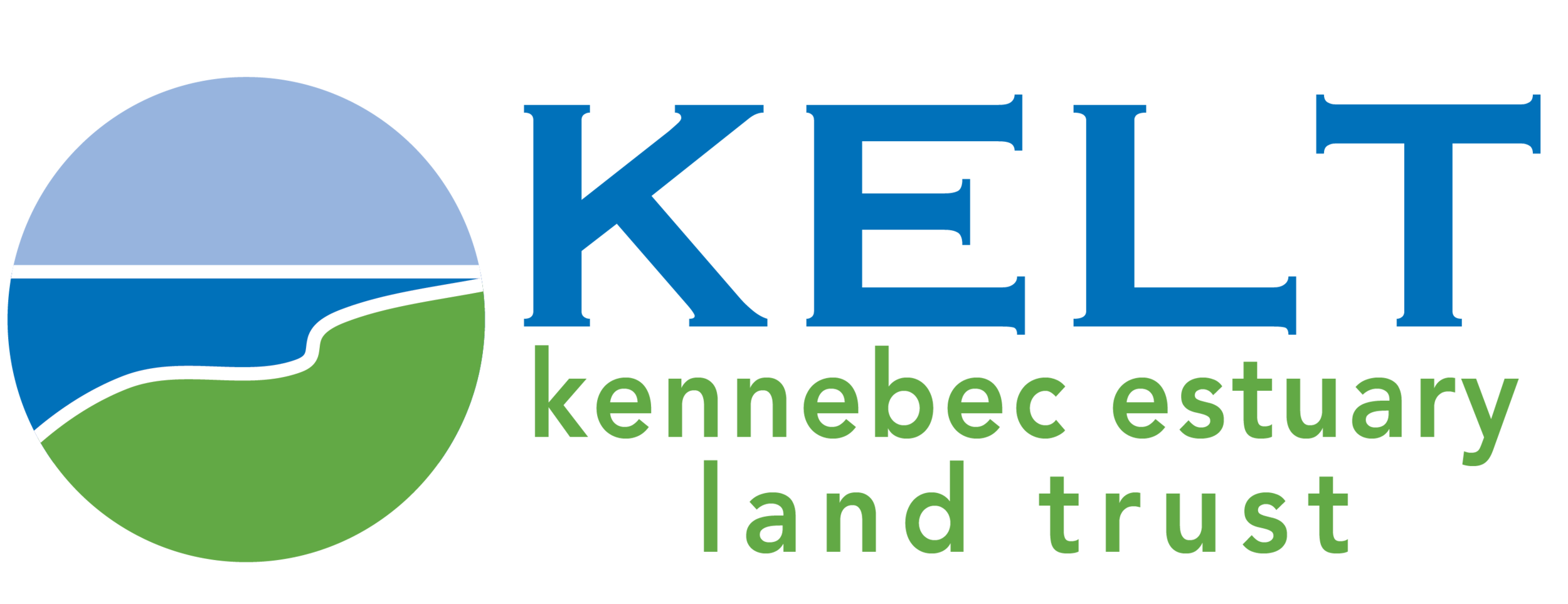Small but mighty: Learn about the ecological role of small mammals and what population trends can tell us about local forest health, the effects of climate change, & more!
Photo Credit: Holt Research Forest
When: Thursday, March 4 at 6:00pm
Where: Zoom - A link will be sent following registration below.
Join Jack Witham, Associate Scientist for University of Maine’s Center for Research on Sustainable Forests, to learn about the 35+ years of small mammal research at Holt Research Forest in Arrowsic.
Small mammals, like flying squirrels, white-footed mice and red-backed voles, are abundant vertebrates residing at Holt Forest. Studying their populations and knowing their preferences for particular tree seeds, for example, indicate important relationships between these small furry wildlife and the forest habitat. It also gives insight into topics such as the abundance of undesirable invertebrates like ticks, how our local forests are changing over time, and the impacts of our changing climate on native wildlife.
Holt Research Forest is a 120-hectare (300 acre) forest located in Arrowsic, Maine on property owned by Maine TREE Foundation. It is the site of long-term ecosystem research in a mid-coast Maine oak-pine forest. Since 1983, studies have been conducted by University of Maine’s College of Natural Sciences, Forestry, & Agriculture through the Center for Research on Sustainable Forests, the School of Forest Resources, and the Department of Wildlife, Fisheries, and Conservation Biology.
Small Mammal Resources From Jack Witham:
Books:
Mammal field guides by Peterson, Princeton University Press, National Geographic, National Audubon, also Peterson track guide.
Mammal Trails and Sign by Mark Elbroch
A Field guide to Tracking Mammals in the Northeast by Linda Spielman
Species accounts from American Society of Mammalogists. There is an Excel spreadsheet of all species available. There's many from around the world, fairly technical accounts. Some dated. Full list of published Mammalian Species accounts (downloadable Excel file).
IFW Species Information: https://www.maine.gov/ifw/fish-wildlife/wildlife/species-information/index.html
DeGraaf, Richard M.; Rudis, Deborah D. 1986. New England wildlife: habitat, natural history, and distribution. Gen. Tech. Rep. NE-108. Broomall, PA: U.S. Department of Agriculture, Forest Service, Northeastern Forest Experimental Station. 491 p. — https://www.fs.usda.gov/treesearch/pubs/4148
Degraaf, Richard M. 2002. Trees, shrubs, and vines for attracting birds, 2nd edition, revised. Lebanon, NH: University Press of New England. 169 p. — https://www.fs.usda.gov/treesearch/pubs/58321
DeGraaf, Richard M.; Yamasaki, Mariko; Leak, William B.; Lanier, John W. 1992. New England wildlife: management forested habitats. Gen. Tech. Rep. NE-144. Radnor, PA: U.S. Department of Agriculture, Forest Service, Northeastern Forest Experiment Station. 271 p. — https://www.fs.usda.gov/treesearch/pubs/4195
DeGraaf, Richard M.; Yamasaki, Mariko; Leak, William B.; Lester, Anna M. 2005. Landowner's guide to wildlife habitat, forest management for the New England Region. Burlington, VT: University of Vermont Press and Hanover, NH: University Press of New England. 111 p. — https://www.fs.usda.gov/treesearch/pubs/58320
DeGraaf, Richard M.; Yamasaki, Mariko; Leak, William B.; Lester, Anna M. 2006. Technical guide to forest wildlife habitat management in New England. Burlington, VT: University of Vermont Press, and Hanover, NH: University Press of New England. 305 p. — https://www.fs.usda.gov/treesearch/pubs/58319

